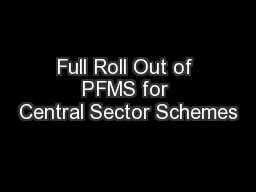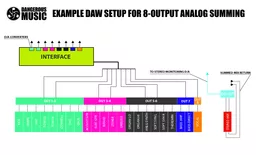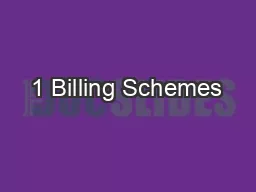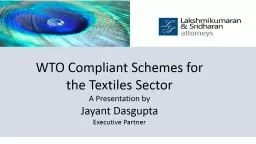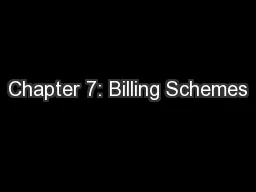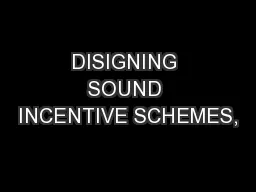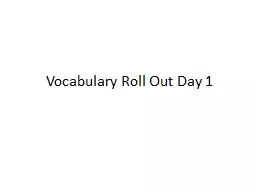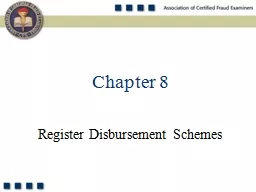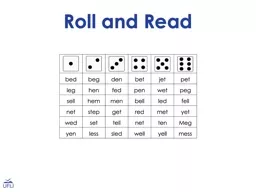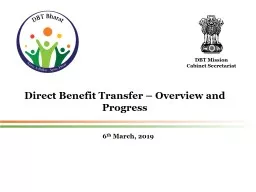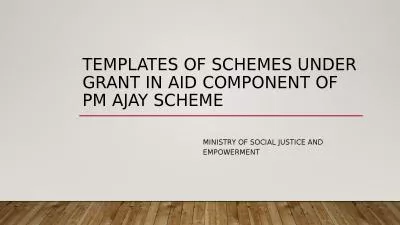PPT-Full Roll Out of PFMS for Central Sector Schemes
Author : celsa-spraggs | Published Date : 2017-03-16
Standard Operating Procedure Sensitization for CCAs amp CAs with Independent Charge 27 th and 28 th June 2016 Public Financial Management System PFMS Expectations
Presentation Embed Code
Download Presentation
Download Presentation The PPT/PDF document "Full Roll Out of PFMS for Central Sector..." is the property of its rightful owner. Permission is granted to download and print the materials on this website for personal, non-commercial use only, and to display it on your personal computer provided you do not modify the materials and that you retain all copyright notices contained in the materials. By downloading content from our website, you accept the terms of this agreement.
Full Roll Out of PFMS for Central Sector Schemes: Transcript
Download Rules Of Document
"Full Roll Out of PFMS for Central Sector Schemes"The content belongs to its owner. You may download and print it for personal use, without modification, and keep all copyright notices. By downloading, you agree to these terms.
Related Documents

